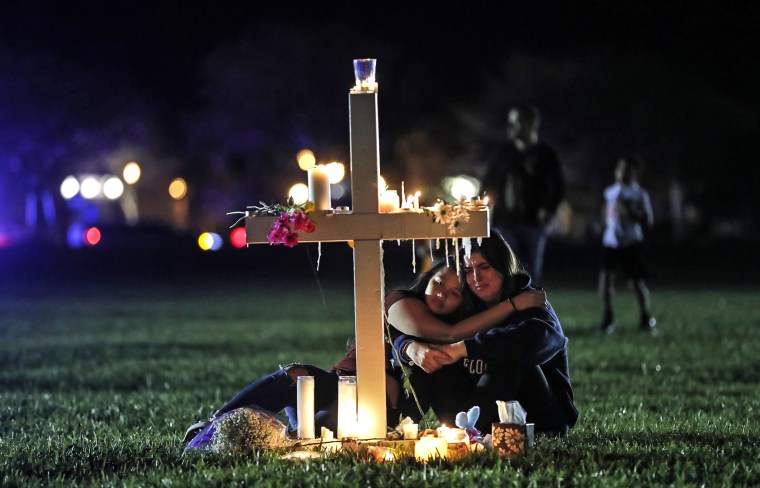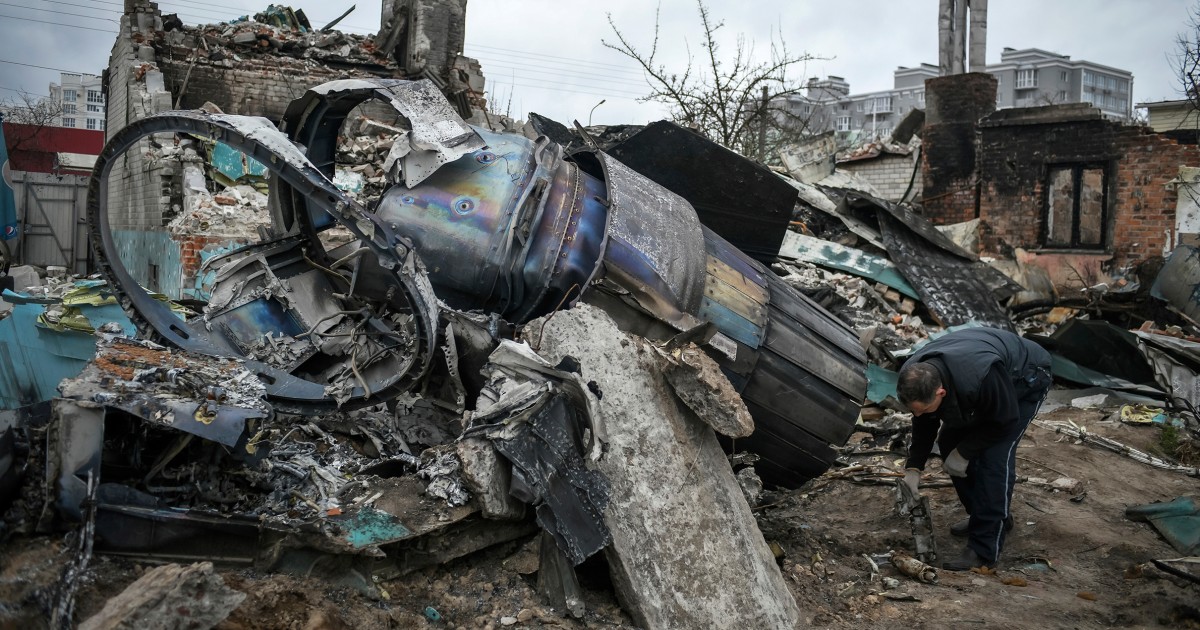The Parkland shooting will test the opponent’s resolve to death. But the action must end.
Currently, Florida is search 12 juries are to decide whether Nikolas Cruz should be sentenced to death for killing 17 people at Marjory Stoneman Douglas High School in Parkland in 2018. The trial, which is expected to last for months, will decide whether Cruz, who pleaded guilty 17 counts of murder and 17 counts of attempted murder, should be put to death for their crimes or convicted required minimum of life without amnesty. It is sure to rekindle the country’s already heated debate about the death penalty.
In many ways, this case is enough to test the resolve of any opponent of the death penalty: Cruz is responsible for the tragic, heartbreaking deaths of children and heroic educators. Of course, the criminal justice system must hold serious offenders accountable, and the families of the victims deserve Cruz to be held accountable. And yet, this case will raise bigger issues of whether an individual should live or die; it will force us to ask ourselves again, is this country willing to continue to adopt an enforcement system that is not sanctioned by the state.
Our government has spent centuries searching for a humane way to kill people, ranging from torture methods like burning alive in public to hanging in the electric chair.
Our government has spent centuries searching for a humane way to kill people, ranging from torture methods like burning alive in public to hanging in the electric chair. After the state of Oklahoma killed John Grant last October, it announced that his execution was carried out “without complications.” The autopsy However, the results painted a different picture: For nearly 15 minutes, Grant was dead, his lungs filled with fluid, can produce a sensation not unlike drowning, when he chokes on his own vomit while trying to breathe. And now, the federal government is look at federal protocols to ensure that they did not cause unnecessary pain and suffering during the execution.
Lethal injections are said to address these concerns, offering the promise of a smooth, painless death. However, in recent years, we increasingly Learn that, although death by lethal injection may seem more humane from the outside, it can actually evoke extraordinary pain and suffering. We’ve seen this cycle play out over and over with the death penalty: a new reform that promises to fix what’s broken about the death penalty, but the closer we look, the more to make clear. It’s finally time to end that useless cycle.

The three of us have worked together as prosecutors for more than 50 years. Although we have taken different paths to get here, we have all reached the same point conclusion cannot be modifieda razor 57 elected prosecutors Nationwide: The death penalty is irreversible and must be stopped. And with six more people set to be done More than a month later, no time to wait.
Most of the world has gradually abandoned death penalty, and for a time it looked like the United States would follow suit. In 1972, the Supreme Court forbidden The United States from carrying out executions, considers our death penalty system to be too arbitrary and discriminatory as unconstitutional. But four years later, it allows execute to continuefound that the new safeguards had the potential to “fix” unconstitutional aspects of the old system.
The death penalty after 1976 was supposed to be different: less authoritarian, less racially prejudiced, with more safeguards to protect the innocent, and focused only on serious cases. best. Yet 46 years later, the same problems persist. Death row inmates are still filled with the most vulnerable and vulnerable – including those with severe mental illness, severe intellectual disability, and an unspeakable history of trauma. The death penalty is still more likely invoked against black defendants, especially in cases involving white victims. And the most important factor in determining whether someone will receive the death penalty is not the crime they are accused of but the jurisdiction where the crime occurred.
Every nine people & nbsp; executed since 1976, then at least & nbsp; a convicted person & nbsp; was pardoned.
Perhaps most brutally, we certainly still risk putting innocent people to death. For every nine people who have been made since 1976at least a convict has been vindicated. The National Academy of Sciences estimates that more than 4 percent of the current death row inmates are innocent. Even in cases that do not end with the death penalty, the mere prospect of the death penalty can corrode the functioning of the justice system, convince innocent people confess and plead guilty and witnesses to provide false statements.
Given its obvious flaws and grave risks, one might expect that our nation’s continued reliance on the death penalty is based on overwhelming public safety interests. In practice, however, there is little evidence that the death penalty benefits public safety, much less that any benefit outweighs its staggering costs. Research shows that countries often see refuse about the murder rate after the abolition of the death penalty, and in the US the murder rate is continuously higher states that allow the death penalty more than those that ban it, underscoring the lack of deterrence.
Decades of research tell us that people are deterred by the likelihood of arrest rather than the severity of a sentence. It makes sense: Capital offenders rarely take the time to properly calculate the risk for their actions; even if they did, they were more likely to think about the possibility of arrest than to consider an uncertain, distant death sentence. The seemingly random application of the death penalty makes it nearly impossible to predict which circumstances will lead to the death penalty, which makes this deterrence even less effective. And in today’s tragic culture of gun violence, we have a greater obligation than ever to pursue real solutions to violence instead of seeking failed approaches. past.
Decades of research tell us that people are deterred by the likelihood of arrest rather than the severity of a sentence.
We have tried to reform and limit this system century. procedural layers of protection, at least on paper. However, no matter how much we tinker with procedures, when we get to the core of the process, all we are left with is a bunch of people deciding if another person should live or not. died. This process can never be done perfectly or without bias and error, simply because it is managed by people and humans are infallible.
However, we cannot tolerate anything less than a flawless and error-free process when it comes to state-sanctioned murder.
Famous capital defender Bryan Stevenson has often say that we should not question whether people deserve to die, but whether we deserve to be killed. A criminal justice system that imposes blacks on five times the rate of whites, that often facilitates proper process (including representative quality) of wealth, where regular judge refuse examine the evidence that an innocent person has been wrongly convicted on the basis of procedural techniques, and in which the highest court has rule that evidence of true innocence based on newly discovered information does not cause a convicted person to go to a new trial, not to be killed.
We cannot continue to support this faulty system. No matter how horrifying or heartbreaking the case lies ahead, we must remember that as long as the death penalty exists, it will continue to amplify the worst parts of our justice system.
We have passed the time of separation how kill. Now it’s time to grapple, once and for all, with if we shared. And the answer is definitely a no.
at Blogtuan.info – Source: nbcnews.com – Read the original article here



